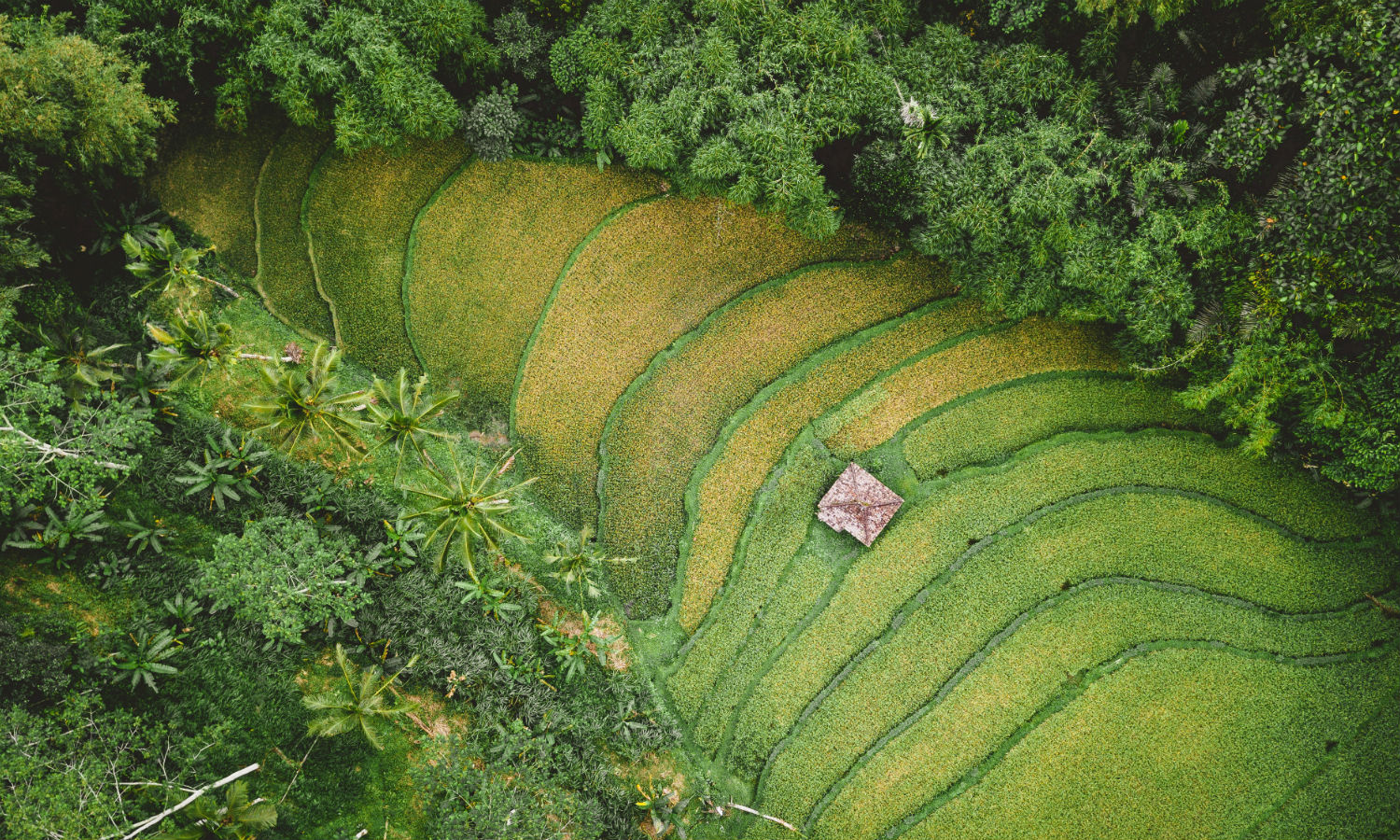A new study reports that agroforestry—a method integrating trees with crops and livestock—is linked with more benefits for human and planetary health than previously thought. The study, conducted by a team of 21 researchers from World Agroforestry (ICRAF) and London’s School of Hygiene and Tropical Medicine, reveals agroforestry’s impacts on food and nutrition security in sub-Saharan Africa. The findings also highlight the impacts of growing trees along with crops on migration, non-communicable diseases, and infectious diseases.
The lead researcher from the study, Todd Rosenstock, tells Food Tank how agroforestry provides stability in food production. Specifically, it increases the availability of micronutrient-rich fruits, seeds, and nuts during lean growing periods. Agroforestry influences “the growth and production of companion crops and animals…affect[ing] food security by generating cash from sales of tree products that enable the purchase of other products,” says Rosenstock. Tree products make up 6 to 17 percent of annual incomes in Ethiopia, Malawi, Nigeria, Tanzania, and Uganda. Although enhanced nutrition and financial security may help trigger migration to urban areas, improved soil health and household resilience may create the opposite effect and help keep young people in rural areas.
According to the study, agroforestry’s effects on disease vary. Findings show that effects on non-communicable diseases are advantageous, while effects on infectious diseases are both beneficial and harmful. The diversity of fruit and nut-bearing trees helps to improve diets and mitigate chronic diseases, which are reportedly on the rise in sub-Saharan Africa—where 237 million people were food insecure in 2017, according to the U.N. Food and Agriculture Organization. The study reports that agroforestry provides an opportunity to combat disease, due to the antioxidant-rich, disease-fighting benefits of fruits—70 percent of which come from trees. Added benefits include prevention of both air pollution and heat exposure for farmworkers, and regulation of solar radiation and wind. Studies also report considerable improvements in water permeating through soil by up to 81 percent; an increase in crop and livestock production 68 percent of the time; and a reduction of air temperatures by up to six degrees.
Despite some increased risks of infectious disease with agroforestry—due to tree-induced changes in habitats and disease transmission—the researchers predict the benefits to outweigh the risks. Rosenstock informs Food Tank that “this will depend on the location, goals and health risks of those using agroforestry, and trees species and management.”
The study’s focus on sub-Saharan Africa allowed the researchers to examine agroforestry’s effects and mechanisms on one, diverse region. According to Rosenstock, sub-Saharan Africa offered diverse agroclimatic zones and stakeholders’ high reported interest in agroforestry. Agroforestry is embraced most widely in Africa, where 71 percent of African countries pledged to use agroforestry as a climate change adaptation technique. But the societal and environmental preconditions for adopting agroforestry, in any region, depend on political, economic, cultural and institutional barriers.
While agroforestry is widely promoted, the effects of climate change and urbanization on its future applicability may alter its degree of impact on food security, migration, and disease. “Climate change will change the suitability of environments for growing various species. In some cases, the ranges of trees will expand and in other cases, they will contract. This is particularly problematic because trees are long-lived and non-mobile organisms, leaving them vulnerable to future changes,” Rosenstock tells Food Tank.
Rosenstock explains that the team of researchers aims to transform their findings into real-world applications. They hope to influence government leaders and sustainable agriculture advocates to help improve programmatic and policy discussions. “The changes in the environment that agroforestry drives have cascading impacts on human health….and there are many more opportunities to use agroforestry as a nature-based solution for improving human health,” Rosenstock tells Food Tank.











